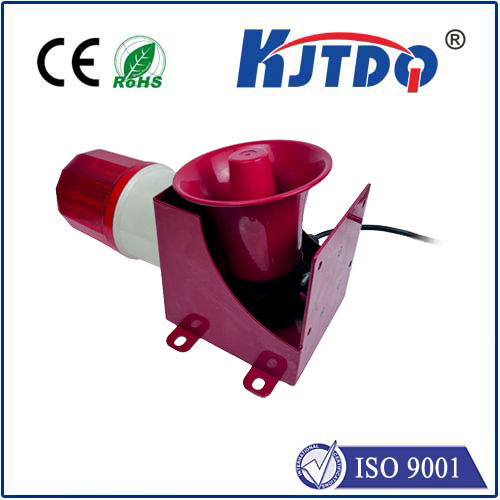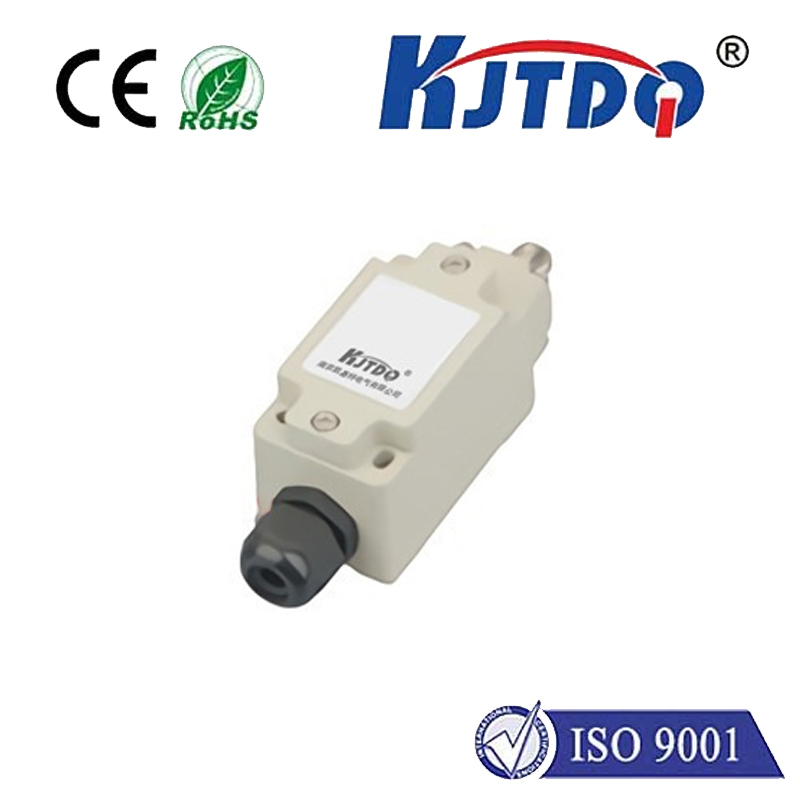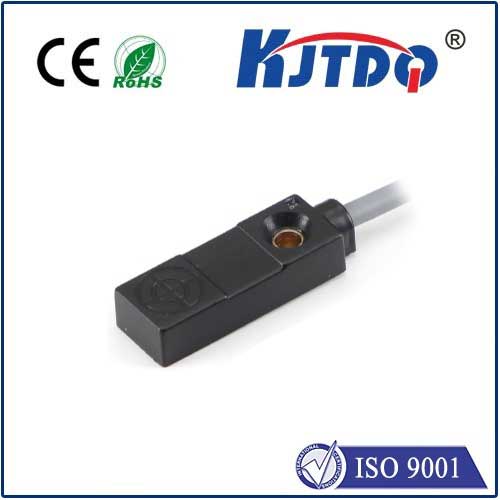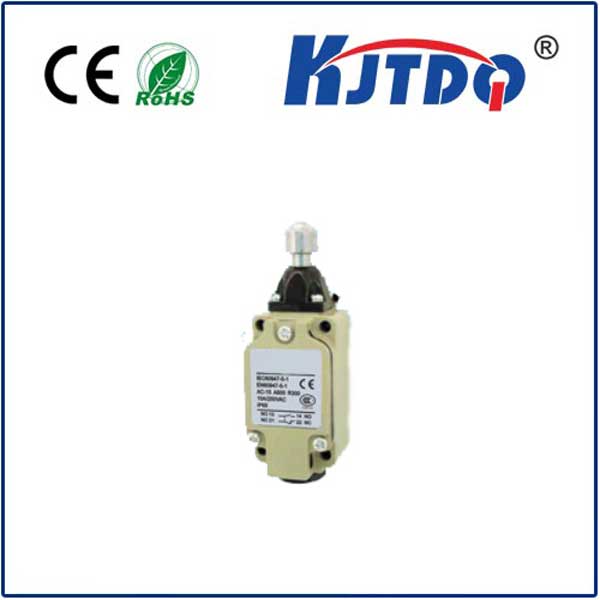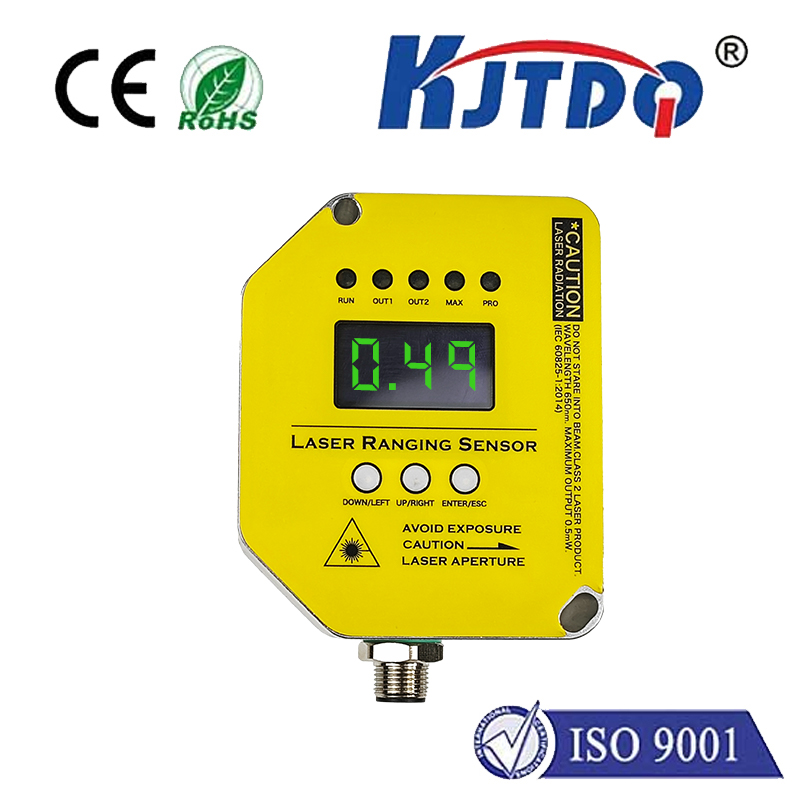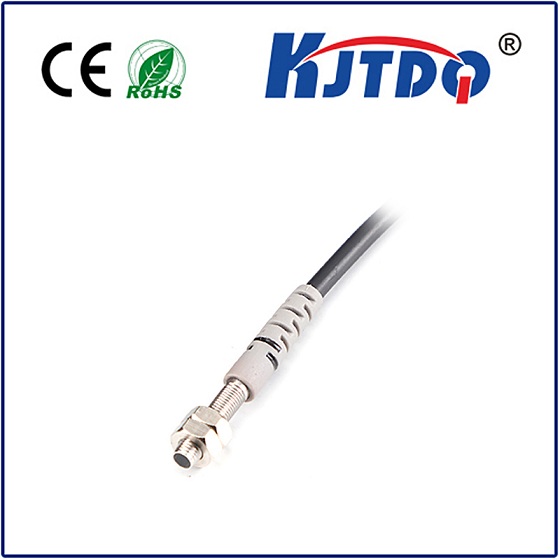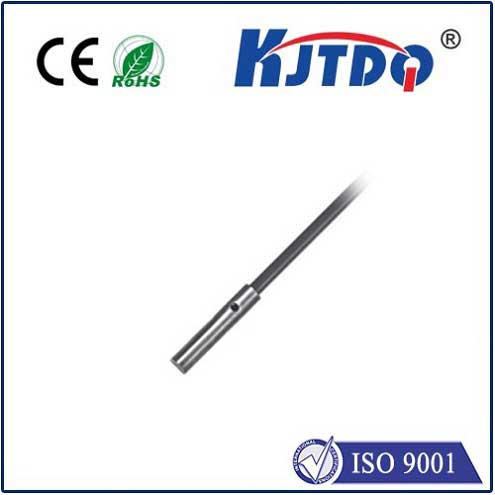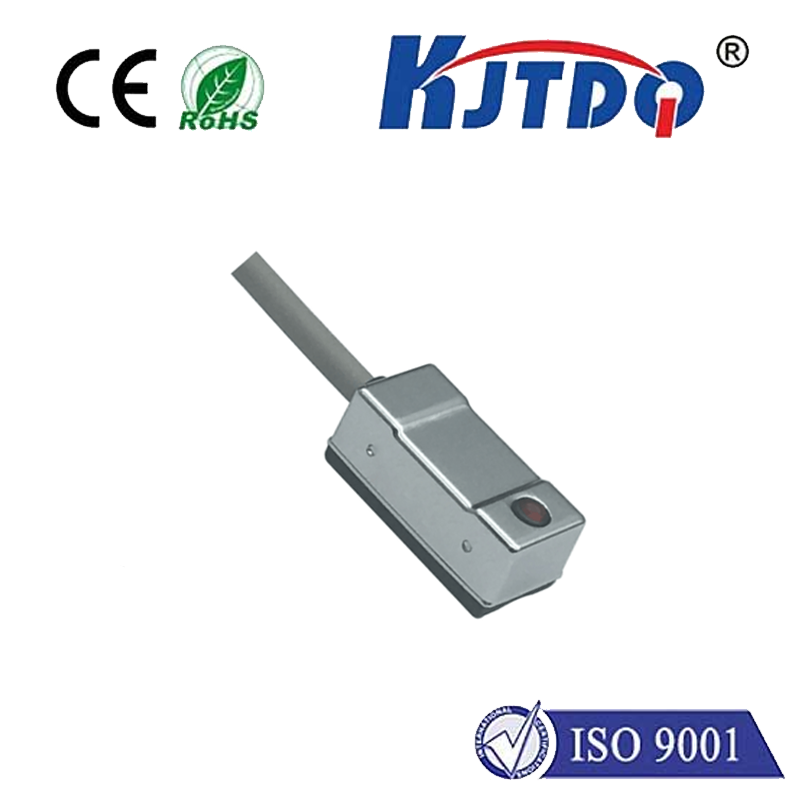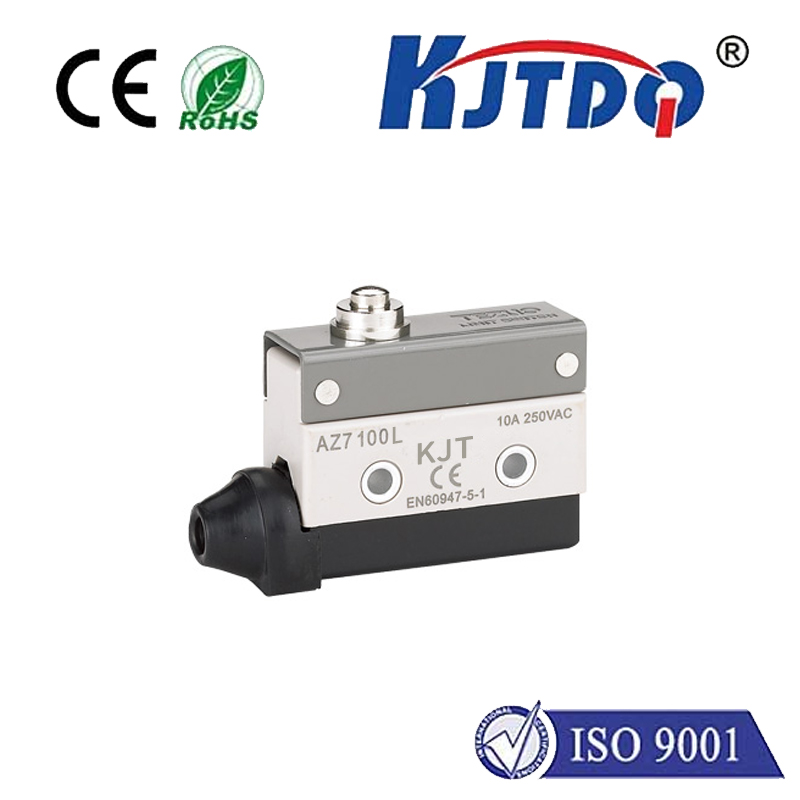
check

check

check

check
The use of proximity sensors has become increasingly prevalent in various industries, particularly in non-metal applications. These sensors offer a range of advantages over traditional mechanical or optical proximity sensors, making them an ideal choice for challenging environments where metal is not an option. This article explores the advancements, benefits, and challenges of using proximity sensors in non-metal environments.
Advancements:
One of the significant advancements in proximity sensor technology is the development of non-metallic sensors. These sensors are designed to operate in environments where metal components can cause interference or damage, such as in medical devices, automotive systems, and industrial equipment. Non-metallic sensors use advanced techniques like infrared (IR) sensing, ultrasonic sensing, and magnetic sensing to detect objects without contact. This makes them suitable for applications where cleanliness, sterility, and hygiene are crucial factors.
Benefits:
Non-metallic proximity sensors offer several benefits over their metal counterparts. First, they are more reliable and accurate due to their ability to operate in harsh environments without causing damage or contamination. Second, they offer higher resolution and detection ranges than metal sensors, making them ideal for detecting objects at greater distances. Third, they are more cost-effective than metal sensors, particularly when used in large-scale manufacturing processes.
Challenges:
Despite their many advantages, non-metallic proximity sensors face several challenges that need to be addressed. One of the main challenges is the limited operating temperature range of some non-metallic sensors. These sensors can malfunction or lose accuracy if exposed to extreme temperatures, which can affect their performance in harsh environments. Another challenge is the increased cost of production compared to metal sensors, which can make it challenging for small businesses or startups to adopt these technologies.
Conclusion:
In conclusion, non-metallic proximity sensors have revolutionized the industry by offering a viable solution to complex engineering and design challenges. As technology continues to advance, we can expect further improvements in non-metallic sensor capabilities, making them even more suitable for a wide range of applications across various industries. While there are still challenges to overcome, the potential benefits make non-metallic proximity sensors a valuable addition to any modern engineering project.
